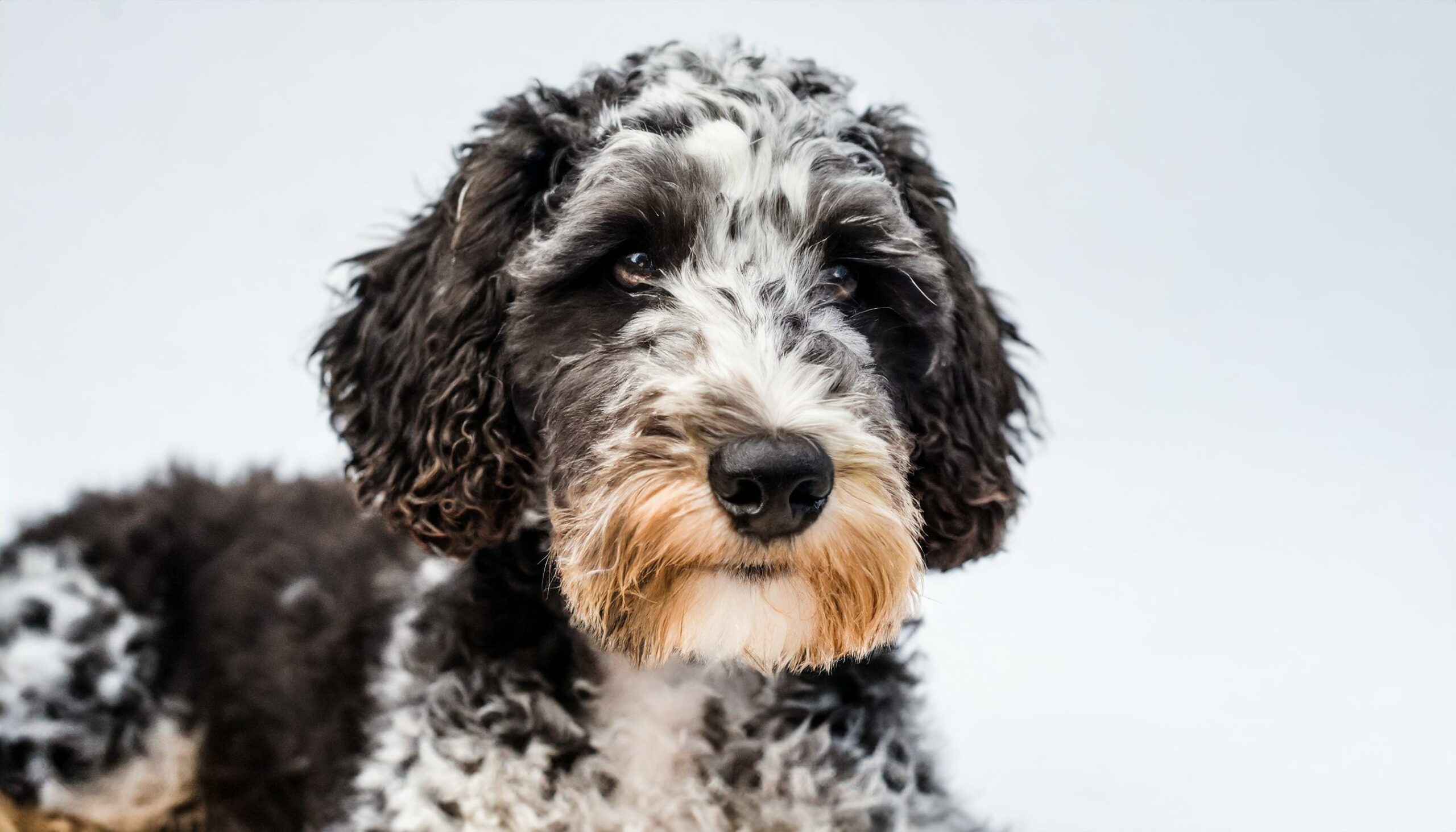The Dalmadoodle, a striking and increasingly popular designer dog, blends the distinct spotted coat of the Dalmatian with the curly, hypoallergenic fur of the Poodle. This hybrid aims to combine the intelligent and loyal nature of the Dalmatian with the Poodle’s renowned intelligence and low-shedding coat, resulting in a family-friendly pet with a unique appearance and a delightful personality. The Dalmadoodle varies in size, depending on the Poodle parent (Toy, Miniature, or Standard), and inherits a mix of traits from both breeds, making it a versatile companion for a wide array of households.
Origins and History
The Dalmadoodle is a relatively new addition to the world of designer dogs, with most dating back to the late 20th or early 21st century. The trend of mixing purebred dogs to achieve a breed that inherits the best traits from both parents has led to the creation of the Dalmadoodle. While not yet recognized by major canine organizations, the Dalmadoodle has quickly gained popularity thanks to its unique look and the growing demand for dogs that are compatible with allergy sufferers.
Physical Characteristics
Dalmadoodles often exhibit the Poodle’s curly or wavy coat, which may come in a variety of colors and patterns, including the classic Dalmatian spots. Their size can range from relatively small to quite large, depending on whether the Poodle parent is a Toy, Miniature, or Standard. These dogs typically have a sturdy build, with the athleticism and grace of the Dalmatian and the elegant posture of the Poodle. Their expressive eyes and often floppy ears add to their charm and appeal.
Temperament and Personality
The Dalmadoodle is known for its friendly, outgoing nature, and intelligence. They are highly trainable, thanks to the Poodle’s keen intellect and the Dalmatian’s desire to please. This mix tends to be energetic and playful, thriving in active households where they can be part of the daily hustle and bustle. They usually get along well with children and other pets, especially when socialized from an early age. The Dalmadoodle’s loyal and affectionate demeanor makes it an excellent companion, although they can sometimes be reserved with strangers, a trait they may inherit from the Dalmatian side.
Health and Care
As a mixed breed, Dalmadoodles may inherit health concerns from both parent breeds, including hip dysplasia, ear infections, and genetic conditions like deafness from the Dalmatian side and eye disorders from the Poodle. Regular veterinary check-ups, a balanced diet, and plenty of exercises can help ensure a healthy, happy life. Their coat requires regular grooming to prevent matting and can vary in maintenance needs depending on its length and texture.
Ideal Home Environment
The Dalmadoodle fits best in active homes where they can receive plenty of exercises and mental stimulation. They are suited to a variety of living situations but do best with space to run and play. Early socialization and training are recommended to tap into their potential as adaptable and well-mannered pets. Due to their social nature, they prefer not to be left alone for long periods.
Conclusion
The Dalmadoodle stands out as a unique and engaging companion, offering the best of both the Dalmatian and Poodle breeds. Their striking appearance, combined with their intelligence and affectionate nature, makes them a wonderful addition to many homes. For those looking for a loyal, active, and hypoallergenic dog, the Dalmadoodle is a breed that ticks many boxes, promising a rewarding and loving relationship with its human family.
